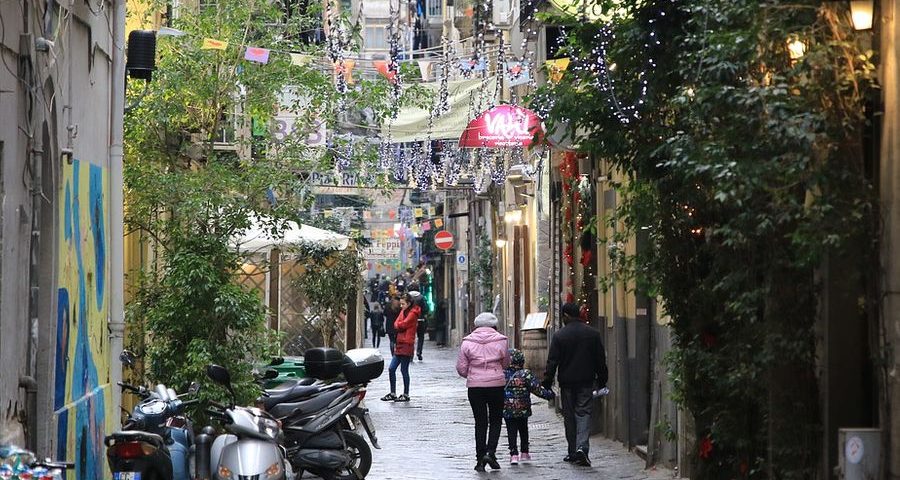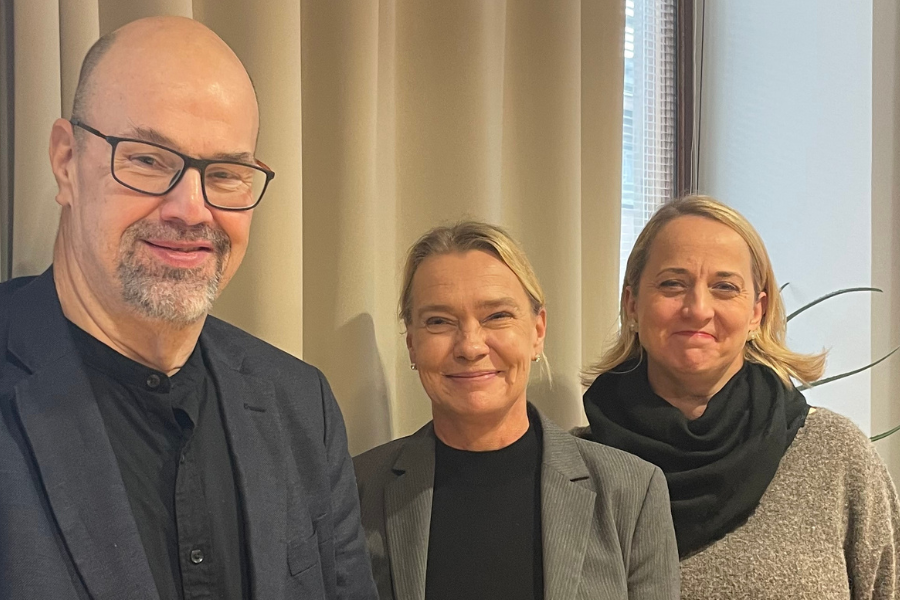
EFA welcomes Charlotte Rydh as its new president
November 26, 2021
‘Perfect storm’ sees 3 in 4 UK charity leaders fearing staff burnout
December 8, 2021A detailed snapshot of giving in Italy during 2020 has been released, in the fourth edition of the We Donate report from Italian Institute of Donation (IID).
Gathering the findings of a number of third sector studies, the report provides an overview of donations of time, money, and the biological gifts of blood and organs given by Italians last year.
The studies include an IID survey on fundraising conducted in collaboration with CSVnet; BVA Doxa’s Italians in Solidarity research, which surveyed 2000 individuals, and its weekly Tracker which questioned adults with Internet access on the pandemic’s impact on their lives; an Istat survey of 25,000 Italians in 800 municipalities, and research by Solidarity Testament.
The report finds that while Italian generosity increased in 2020 due to the health emergency, this was largely directed at the many initiatives aimed at containing it, with other causes struggling.
BVA Doxa’s Italians in Solidarity report showed that the majority (55% of donors) supported health and research related causes. In second place, 3 in 10 of donors supporters nonprofits linked to the coronavirus emergency and civil protection.
Financial support
In terms of how much people give, the average donation size for donors interviewed for Italians in Solidarity was €80 (up from 2015’s €59 and 2019’s €66), while the average size of informal donations (those not given directly to a nonprofit organisation, such as via a collection during Mass or to homeless people on the street) is €36. Looking specifically at online donations, in 2021 research by Solidarity Testament found the average size to be €90, up from €77 in 2020.
Unsurprisingly, with less opportunities to do so, 2020 saw a slowdown in people donating informally. The Italians in Solidarity survey by BVA Doxa shows that in 2020, 33% said they made informal donations, down from 41% in 2019. Fewer also donated directly to nonprofits, falling from 26% to 21%. These findings are supported by the IID’s own research, where 82% of its sample of around 350 charities said they had raised fewer funds.
The IID’s research found too that only 15% of nonprofits have not seen any change as a result of the pandemic. While 28% of the nonprofits it surveyed saw online donations rise in 2020, 55% raised less money overall in 2020. 45% saw a drop in donations from individuals while 36% saw companies give less, and 15% received less income from foundations. This has continued into 2021 with 43% of organisations estimating that they will end the year with a moderate or substantial decrease in revenue.
Volunteering
Volunteering has also been impacted by the pandemic with lockdowns halting this activity for many. According to the AVQ Istat survey, volunteers dropped from 9.8% to 9.2%. The IID’s study found that 45% of the organisations interviewed were forced to stop volunteer activities with a further 23% substituting them with online activities.
Biological donations
On the biological donation front, the number of those donating blood in 2020 fell by 3.4% compared to 2019, according to data provided by the National Blood Center, with new donors down by 2%. The health emergency has also caused a decline in organ and tissue transplants.
Commenting on the report, IID president Stefano Tabò said:
“The health emergency has absorbed Italian’s generosity, partly diverting resources that were traditionally destined for nonprofit organisations. The share of those who donate money, give biological donations or volunteer is always a minority and has been experiencing a slow decline for many years. Reversing this course is one of the crucial challenges for the nonprofit and the period we are facing will test its ability to raise awareness among citizens and attract their generosity.”
Image by Orna Wachman on Pixabay




